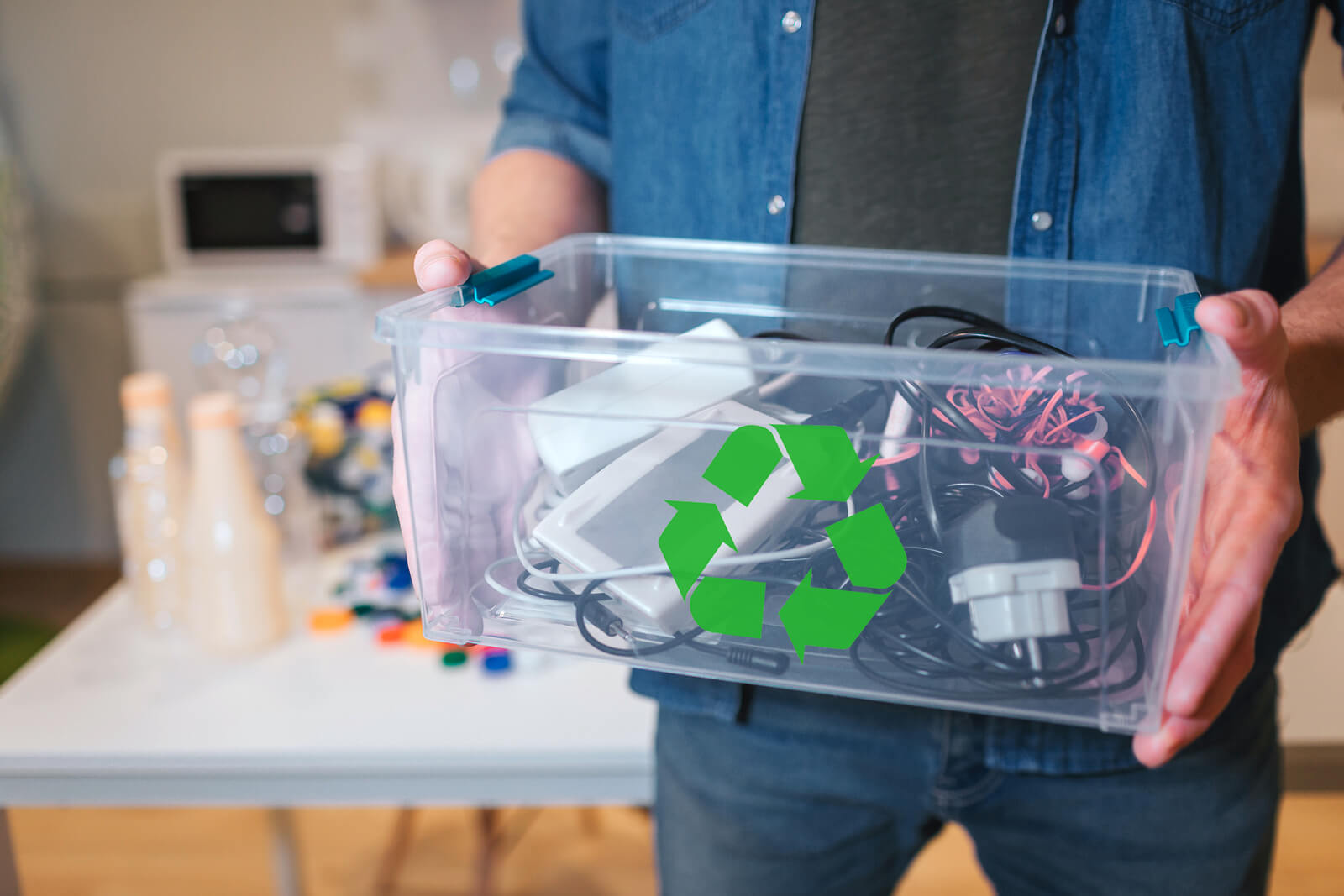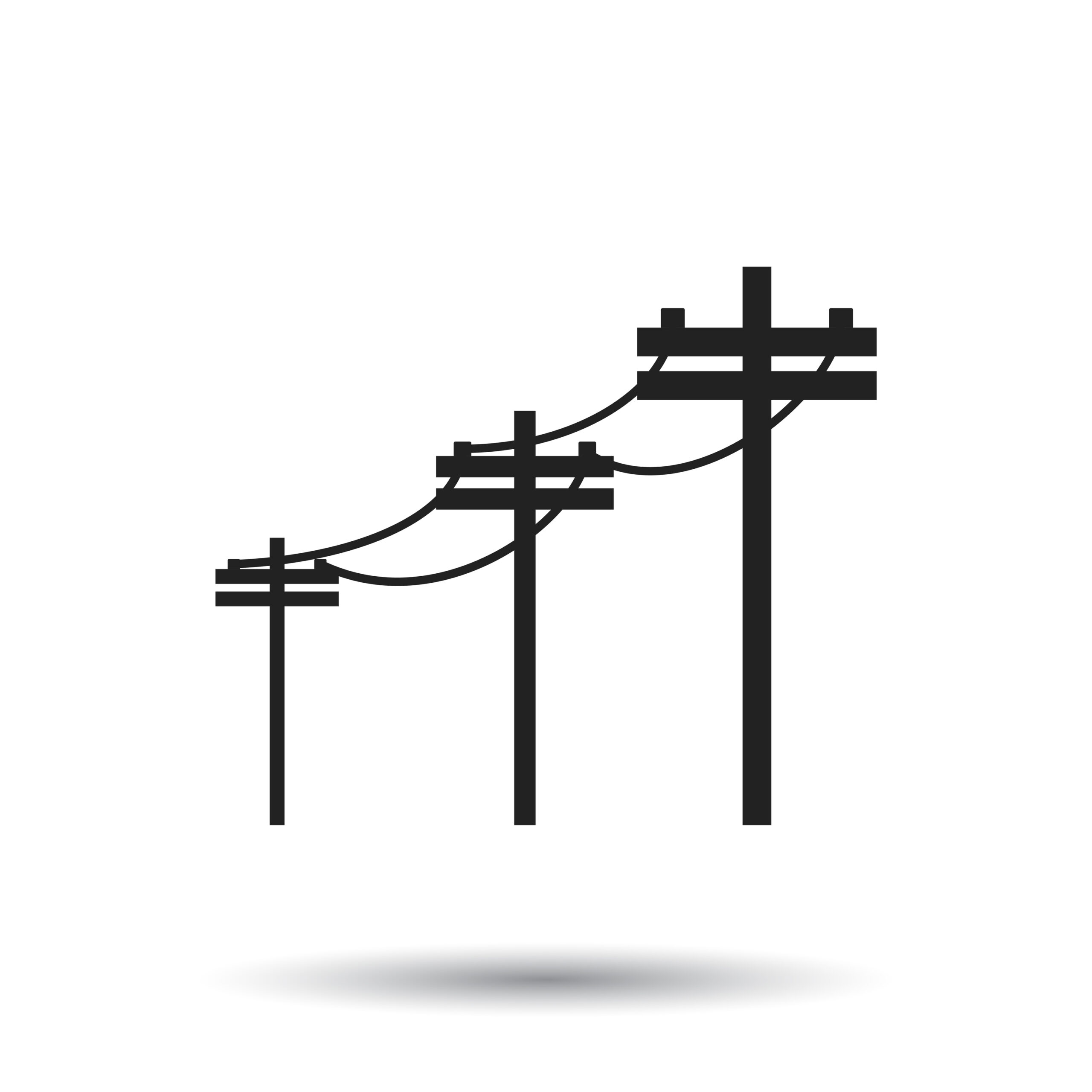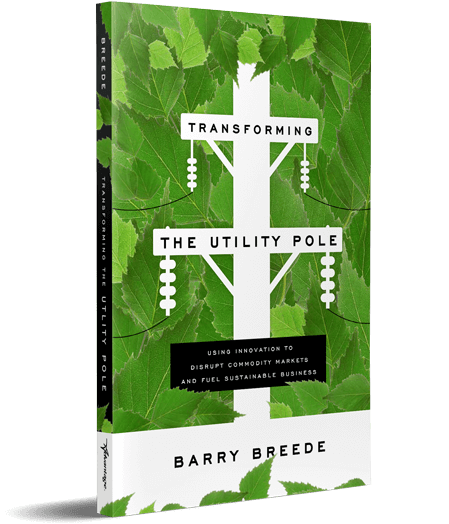I frequently refer to the concept of a circular economy when discussing the future of utility poles—and any industry looking to shift toward a more sustainable process. Instead of thinking of a product as being created to eventually be disposed of, products can instead be repurposed as a part of a more sustainable “disposal” solution. The truth is, many companies think of themselves as merely providing a product and just that. However, there is great opportunity in viewing a product as a service that can ultimately extend its useful life.
Take the carpentry industry, which is facing many of the same regulatory and market demands regarding waste reduction as waste wood. Landfills are filled with massive amounts of old nylon carpeting, and government mandates are starting to force carpet manufacturers to divert large portions—in some cases all—of their waste from the landfill. The companies that have been most successful in meeting this challenge have done so by developing systems for both retrieving old carpet from customers and converting the nylon in that material into usable new products.
The carpet company Desso, in particular, has been a pioneer in this area, adopting a cradle-to-cradle, circular approach, employing a combination of recyclable yarn and consumer take-back programs to use the same material again and again to make their product. The carpet industry has had to react in a broad-based way to the demands for waste reduction. There have certainly been challenges, but what is being done in this industry provides a useful example of how it can be done.
The electronics industry is yet another area where this new perspective has been applied. Hewlett Packard has been a pioneer in this area, diverting millions of ink cartridges with its take-back and recycling program. The company started the program in 1995, and by 2000 they were closing the loop by manufacturing new ink cartridges out of this old plastic. Their “Instant Ink” subscription service automates this take-back process—when one ink cartridge starts running low, the company sends the user a new one along with a postage-paid envelope to send back the old one. Instant Ink represents the shift from selling products to selling services, as well.
This approach often involves a company shifting its perspective on how its products can become assets that become deployed as a service to consumers or end-users. It’s an important distinction for businesses and their customers to make: instead of the consumer purchasing the product and taking full ownership of it, the vendor simply provides the product for the time of its use and retains ownership, so that it can take the product back at the end of its life cycle and find a second use or second life for it.
There are several ways to help both the provider and the consumer make the shift to a “product as a service” approach that will benefit all stakeholders. Learn more about how to achieve this in my book, Transforming the Utility Pole: Using Innovation to Disrupt Commodity Markets and Fuel Sustainable Business.






